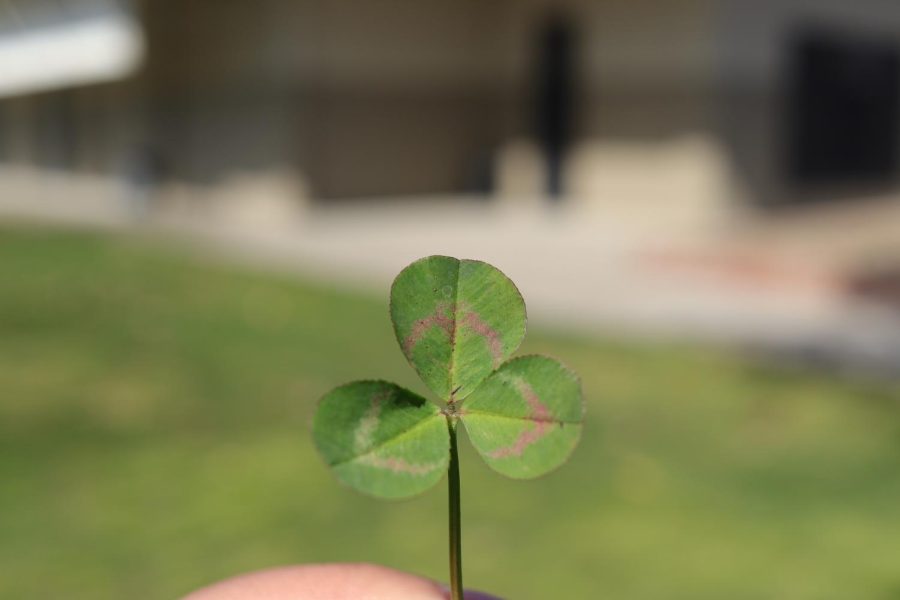History of St. Patrick’s Day
March 10, 2022
St. Patrick was a patron saint of Ireland ever since his death. The world, but mostly the people of Ireland, have celebrated him. As a result, it has turned into a holiday known as St. Patrick’s day. This holiday involves a celebration of Irish culture with special foods, music, dancing, drinking, and a lot of green. However, there are more colors. The green originates from Ireland’s nickname, the Emerald Isle, and is traditionally and commonly seen because of its representation, the Catholic side of Ireland. The orange represents the protestant side, while the white in the middle of the Irish flag represents the peace in between the two.
This celebration originates in Ireland, but as many Irish immigrants spread throughout the world, including The United States, they brought this tradition with them. The tradition brings many other things along with it, such as the idea that wearing green would make them invisible to leprechauns. This tradition has evolved into the holiday we now know.
St. Patrick was a fifth century romeo-British Christian missionary. He was also a bishop of Ireland and was the primary patron of Ireland. He brought Christianity to Ireland and to some parts of Britain which was ruled by Anglo-Saxons at the time. St. Patrick is celebrated for spreading Christianity, and is celebrated on the 17th of March because it was the day the Irish had a feast to honor him. Today, more people celebrate St. Patrick’s day in The United States of America rather than in Ireland. On March 17th, 2022 another green day will be celebrated just like the last and just like the future. Don’t forget to wear green HAVE A HAPPY ST. PATRICK’S DAY!



